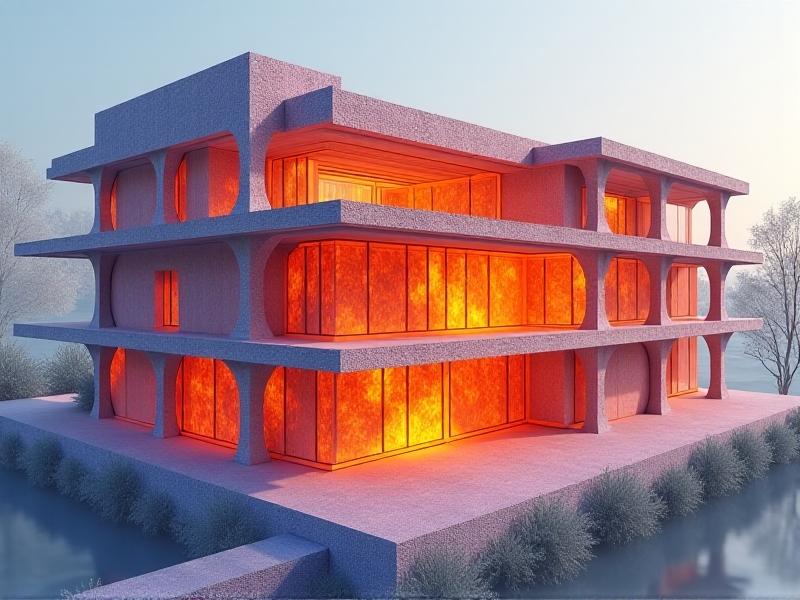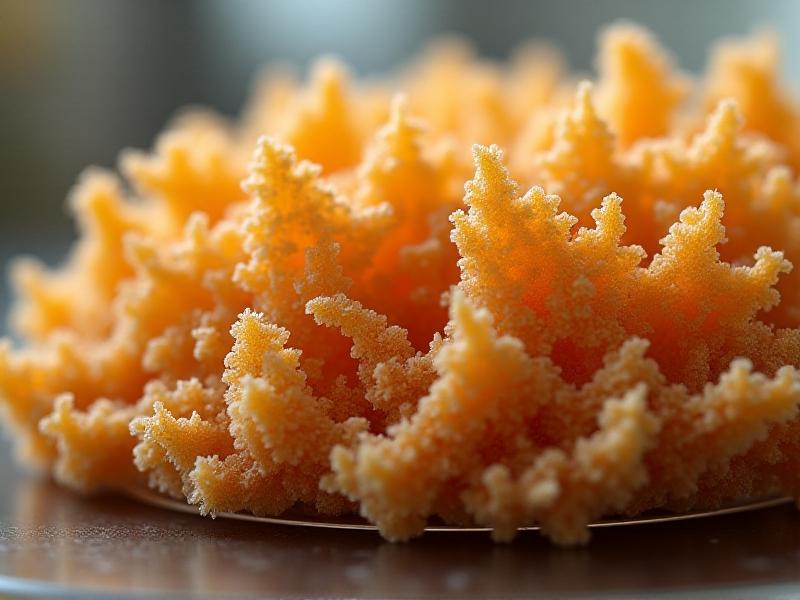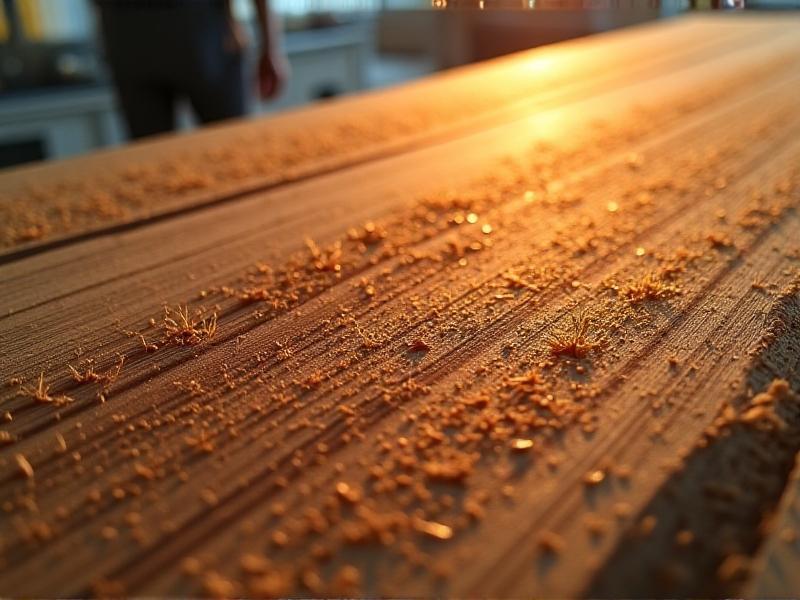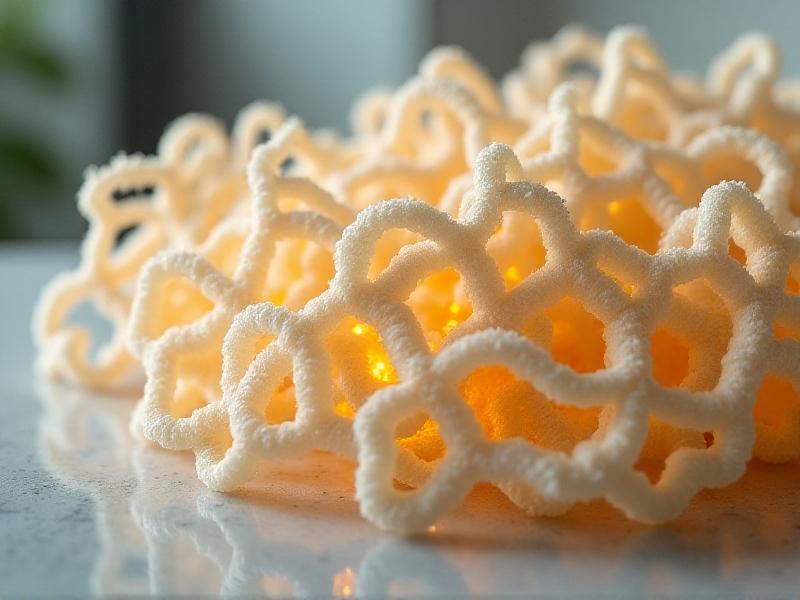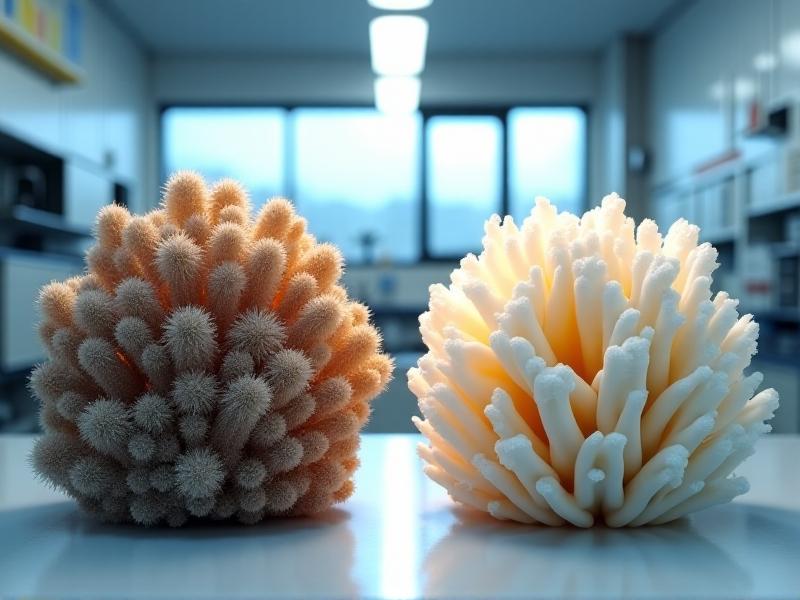Thermal Conductivity Testing for Commercial Mycelium Panels
Understanding Thermal Conductivity in Mycelium Panels
Thermal conductivity is a critical property when evaluating materials for insulation and construction purposes. Mycelium, the root structure of fungi, has emerged as a sustainable alternative to traditional building materials. Its unique cellular structure offers promising thermal properties, but understanding its conductivity requires thorough testing. Thermal conductivity measures how well a material can transfer heat, and for mycelium panels, this property determines their effectiveness in regulating indoor temperatures and reducing energy consumption.
Mycelium panels are composed of a network of hyphae, which create a porous, lightweight material. This structure can trap air, reducing heat transfer and improving insulation. However, the exact thermal conductivity of mycelium varies depending on factors such as density, moisture content, and the substrate used during growth. Testing these panels under controlled conditions provides valuable insights into their performance and potential applications in the construction industry.

Why Thermal Conductivity Testing Matters for Commercial Applications
For commercial applications, thermal conductivity testing is essential to ensure that mycelium panels meet industry standards and perform reliably in real-world scenarios. Buildings account for a significant portion of global energy consumption, and materials with low thermal conductivity can drastically reduce heating and cooling costs. Mycelium panels, with their eco-friendly and biodegradable properties, offer a sustainable solution, but their adoption depends on proven performance.
Testing helps manufacturers optimize the composition and production process of mycelium panels to achieve the desired thermal properties. It also provides data that architects and builders can use to make informed decisions about incorporating these materials into their designs. Additionally, standardized testing results can help mycelium panels gain certification and recognition as a viable alternative to conventional insulation materials.

Methods for Testing Thermal Conductivity in Mycelium Panels
Several methods are commonly used to measure thermal conductivity in materials, and these techniques can be adapted for mycelium panels. One widely used method is the guarded hot plate technique, which involves placing a sample between two plates at different temperatures and measuring the heat flow. Another approach is the heat flow meter method, which uses sensors to detect the rate of heat transfer through the material.
For mycelium panels, these methods must account for their unique properties, such as porosity and moisture sensitivity. Testing conditions, including temperature and humidity, should mimic real-world environments to ensure accurate results. Advanced techniques like infrared thermography can also provide visual insights into heat distribution across the panel, highlighting areas of high or low conductivity.
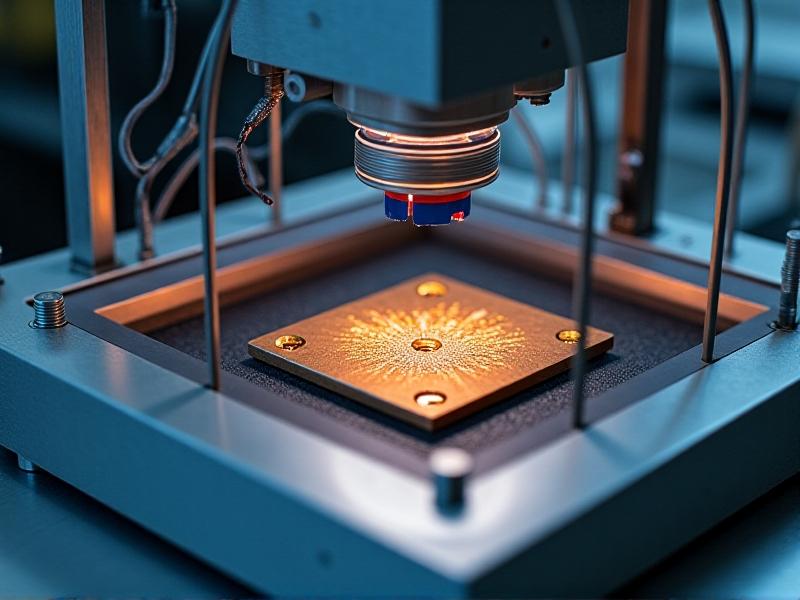
Factors Influencing Thermal Conductivity in Mycelium Panels
The thermal conductivity of mycelium panels is influenced by several factors, including the type of substrate used during growth, the density of the material, and its moisture content. Substrates like agricultural waste or sawdust can affect the panel's structure and thermal properties. Denser panels tend to have higher conductivity, while lighter, more porous panels offer better insulation.
Moisture content is another critical factor, as water has a higher thermal conductivity than air. Panels with high moisture levels may perform poorly in insulation applications. Understanding these factors allows manufacturers to fine-tune the production process and create panels with optimal thermal properties for specific uses.
Comparing Mycelium Panels to Traditional Insulation Materials
When compared to traditional insulation materials like fiberglass, foam, or mineral wool, mycelium panels offer unique advantages. They are biodegradable, renewable, and have a lower environmental impact during production. However, their thermal conductivity must be competitive with these materials to gain widespread adoption.
Preliminary testing suggests that mycelium panels can achieve thermal conductivity values comparable to conventional insulation materials, especially when optimized for density and moisture content. Additionally, their lightweight and fire-resistant properties make them an attractive option for sustainable construction projects.
Applications of Mycelium Panels in Sustainable Construction
Mycelium panels have a wide range of applications in sustainable construction, from insulation in walls and roofs to acoustic panels and furniture. Their low thermal conductivity makes them ideal for reducing energy consumption in buildings, while their biodegradable nature aligns with circular economy principles.
In addition to their thermal properties, mycelium panels are lightweight, easy to install, and can be customized into various shapes and sizes. These features make them versatile for both residential and commercial projects, contributing to the growing demand for eco-friendly building materials.
Challenges and Future Directions in Mycelium Panel Development
Despite their potential, mycelium panels face several challenges that must be addressed for broader adoption. These include scaling up production, ensuring consistent quality, and improving their durability over time. Additionally, more research is needed to fully understand their long-term performance in various environmental conditions.
Future developments in mycelium panel technology may focus on enhancing their thermal properties, reducing production costs, and exploring new applications. Collaborations between researchers, manufacturers, and the construction industry will be crucial in overcoming these challenges and unlocking the full potential of this innovative material.
Case Studies: Successful Implementation of Mycelium Panels
Several projects have successfully incorporated mycelium panels, demonstrating their potential in real-world applications. For example, a sustainable housing project in Europe used mycelium panels for insulation, achieving significant energy savings and reducing the building's carbon footprint. Another case study involves the use of mycelium panels in acoustic design, where their porous structure effectively absorbs sound.
These case studies highlight the versatility and effectiveness of mycelium panels, providing valuable insights for future projects. They also serve as proof of concept, encouraging more architects and builders to explore this innovative material.
The Role of Thermal Conductivity Testing in Advancing Mycelium Technology
Thermal conductivity testing plays a pivotal role in advancing mycelium technology by providing the data needed to optimize its properties and applications. As the demand for sustainable building materials grows, rigorous testing ensures that mycelium panels meet performance standards and deliver on their promise of eco-friendly insulation.
By continuing to refine testing methods and explore new possibilities, researchers and manufacturers can unlock the full potential of mycelium panels. This progress will not only benefit the construction industry but also contribute to a more sustainable and energy-efficient future.

